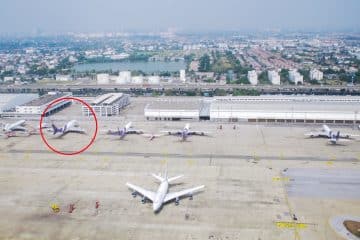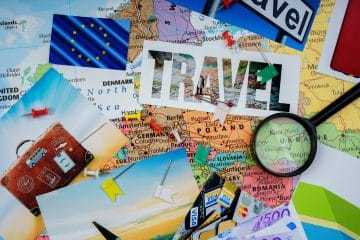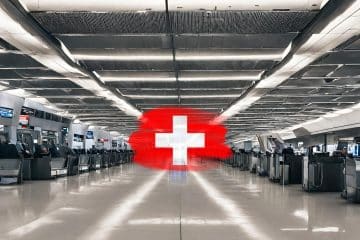Traveling with babies can be challenging, especially when it comes to flying. Here are some important things to consider when flying with a baby.
Before you book
Planning the flight
Plan in advance what time you plan to fly with a baby. Think about the flight, arrival and departure times, and any other travel plans in advance. Keep in mind that traveling with a baby can take extra time, and you should allow plenty of time for check-in, security checks, and any delays . It’s better to be an hour early at the airport than 5 minutes late at the gate.
Booking the flight
Book a suitable seat for you and your baby. Some airlines offer special baby cots or cradles on board, which you can reserve in advance. These cradles can be mounted on a wall during the flight and provide your baby with a comfortable and safe place to sleep.
Can’t book a baby cot?
It is unfortunate that many airlines still do not offer child seats. Some airlines recommend that parents bring their own infant carriers for the flight and attach them to a separate seat with the seat belt against the direction of flight.
In this case, you should book a seat in the aisle so that you can get up and move around more easily.
Are you looking for a flight?
Use our flight search engine to find the right offer for you and your baby.

Preparing for the flight
Pack what you need to take care of your baby during the flight. Bring plenty of diapers, baby wipes, clothes, powdered milk, and bottles to make sure you have everything you need when you’re in the air. Keep in mind that you may also need a changing mat to swaddle your baby during the flight.
Check the airline’s policy for traveling with babies. Some airlines have special policies in this regard, including the number of diaper bags or whether you can bring a car seat. Make sure you bring all the necessary documents such as passports, vaccination certificates, and medical records for your baby.
Check-in
It is advisable to check in the day before , when most of the seats are still available. This allows you to drop off your baggage and at the same time receive your boarding pass early. This allows you to go directly to passport control on the day of departure without stress.
Some airlines or airports provide strollers before departure. In this case, you can check in your own stroller with the luggage with peace of mind. Otherwise, it is better to keep the vehicle with you and take it directly to the aircraft. There you can then hand it in when boarding. When you get out of the car, it will be handed back to you. This makes it easier to get around the airport and your child can sleep in the buggy while waiting. Please note, however, that depending on the airline, the strollers handed in at the entrance of the aircraft – as hand luggage – will not be handed over again when disembarking, but will only be made available at the final destination on or next to the conveyor belt.
On the flight & airport
At the airport
Be prepared for the security check, especially if you are traveling with a baby. Keep in mind that you may need to get baby bottles, food, and medicines through security. When flying with a baby, the carry-on baggage rules of the respective airline also apply. Be sure to store these items in a separate bag or pouch to make it easier to pass through security.
During the flight
Take-off and landing
Takeoff and landing can lead to pressure and pain in the ears to pain. This can be remedied by equalizing the pressure. Babies can’t equalize pressure on their own, so it’s important to help them do this to avoid earache. One option is to breastfeed the baby, as this automatically equalizes pressure. Alternatively, you can give your baby a bottle or pacifier in case he is not hungry.
What you shouldn’t do
During the first few months, babies breathe exclusively through their noses, which is why it is important to take nasal drops with saline solution with you in order to be able to help quickly with swelling of the nasal mucous membranes. Avoid flying with a baby who has a bad cold. Give your baby the pacifier or bottle during take-off and landingto make it easier to equalize pressure. Breastfeeding can also be helpful, as sucking helps equalize pressure.
Comfort items for the flight
Bring comfort items to help your baby feel comfortable during the flight. A snuffle cloth, blanket, or favorite toy can help your baby calm down and relax during the flight.
Result
In conclusion, it is important to plan ahead and book a suitable seat, pack what you need, find out about the airline’s policies, prepare for the security check, and bring comfort items. With these tips, you can ensure that you and your baby have a stress-free and enjoyable flying experience. Keep in mind that while traveling with a baby can be challenging, it’s also a wonderful way to spend time with your child and experience new adventures.


